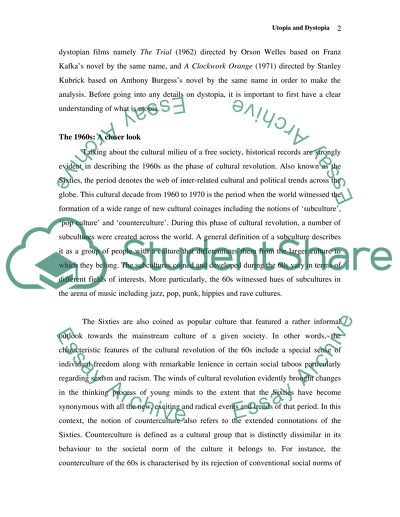Cite this document
(“The 1960s: Subculture, Pop Culture, Counter-Culture Essay”, n.d.)
Retrieved from https://studentshare.org/environmental-studies/1418832-the
Retrieved from https://studentshare.org/environmental-studies/1418832-the
(The 1960s: Subculture, Pop Culture, Counter-Culture Essay)
https://studentshare.org/environmental-studies/1418832-the.
https://studentshare.org/environmental-studies/1418832-the.
“The 1960s: Subculture, Pop Culture, Counter-Culture Essay”, n.d. https://studentshare.org/environmental-studies/1418832-the.


